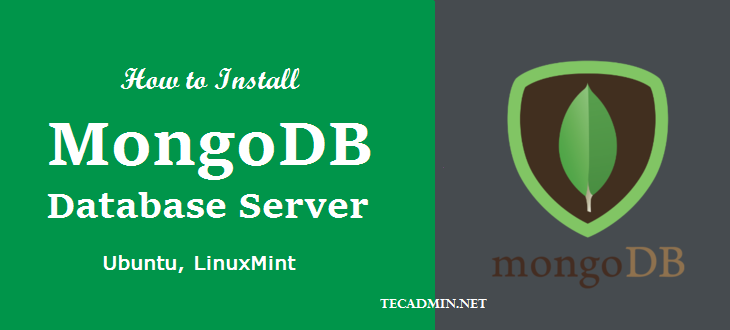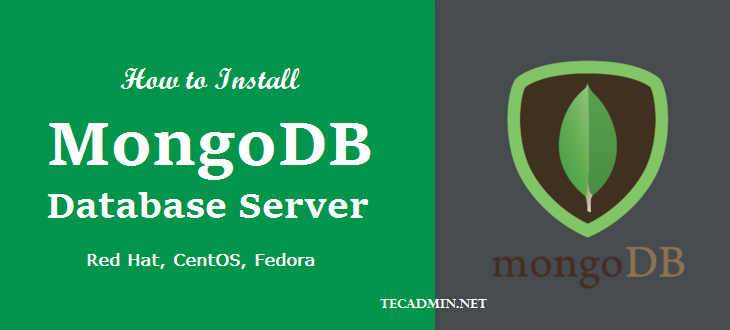Git version 2.29 is available under git official PPA. It is a free and open-source distributed version control system . Git 2.29 comes with a large number of updates versus the previous release. It is designed to handle small to very large projects with speed and efficiency. To know more about Git 2.29 read release notes. Install Git on CentOS, Red Hat and Fedora This article will help you to install the recent version of Git core software on your Ubuntu 18.04 LTS, 16.04 LTS, 14.04 LTS using Apt-get Git Installation on Ubuntu Git Core PPA repository is maintain by…
Author: Rahul
Postfix is a popular open-source mail transfer agent (MTA) used on Linux systems to route and deliver email. One of the many features it offers is email forwarding, which allows you to forward incoming emails to another email address automatically. This article will guide you through the process of configuring email forwarding in Postfix. Installing Postfix Before configuring email forwarding, ensure that Postfix is installed on your system. If it’s not, you can install it using the package manager for your Linux distribution. For Debian/Ubuntu: sudo apt update sudo apt install postfix For CentOS/RHEL: sudo yum install postfix Configuring Email…
In the ever-evolving landscape of network technology, Internet Protocol version 6 (IPv6) has emerged as a successor to IPv4, offering a vastly expanded address space and improvements in efficiency and security. However, there are scenarios where disabling IPv6 on Linux systems might be necessary, such as application compatibility issues, network performance optimization, or security concerns. This guide provides a comprehensive walkthrough on how to disable IPv6 on Linux systems, ensuring that you can tailor your network settings to your specific needs. Why Disable IPv6? Before diving into the process, it’s crucial to understand why you might need to disable IPv6.…
Git is a distributed version control system that allows multiple people to work on a project at the same time without overwriting each other’s changes. As of today, it is the de facto standard for version control in the software development industry. In this guide, we will walk you through the process of installing the latest Git from source on CentOS/RHEL/Fedora. This method is beneficial when you want to use the most recent version of Git that may not yet be available in the default repositories of your operating system. Prerequisites Before you begin, you will need: A system running…
MongoDB is a full flexible index support and rich queries database. Mongodb is a NoSQL database. MongoDB provides large media storage with GridFS. Click here for more details about this version of MongoDB. This tutorial will help you to install MongoDB 4.4 community release on Ubuntu 20.04 LTS (Focal), 18.04 LTS (Bionic) and 16.04 LTS (Xenial) systems. Step 1 – Setup Apt Repository First of all, import GPK key for the MongoDB apt repository on your system using the following command. This is required to test packages before installation sudo apt-key adv –keyserver hkp://keyserver.ubuntu.com:80 –recv 656408E390CFB1F5 Lets add MongoDB APT…
MongoDB (named from “huMONGOus”) is a full flexible index support and rich queries database. Its is a NoSQL database. MongoDB provides large media storage with GridFS. Click here for more details about mongoDB. MongoDB has released a new stable version 4.2 with lots of major enhancements. This tutorial latest tested on CentOS 7 and help you to install MongoDB 4.2 on CentOS 8/7/6 and RHEL 8/7/6 systems. Step 1 – Add MongoDB Yum Repository Add the following content in yum repository configuration file mongodb.repo as per your required MongoDB version and system architecture. For this article, we are using MongoDB…
Atom is a modern open source text or source code editor. It is hackable to the core – which means this tool can be customized to do anything. It is available for OS X, Linux, and Windows systems. This article will help you to install Atom Text Editor on Ubuntu, Debian, and LinuxMint systems. You may also like other powerful text editors like Sublime, Visual Studio Code, Notepadqq, and Brackets for you Debian based systems. Features Atom Text Editor has a large number of features, which makes it a useful editor. A few useful features are given below. Cross-platform Editing:…
Firefox Developer Edition is the perfect browser for Ubuntu users who want to take their web development skills to the next level. It comes packed with powerful features that make coding, debugging, and testing websites easier than ever. For starters, it has a built-in JavaScript debugger that makes it simple to identify and fix errors. Plus, it has numerous performance and security enhancements that help you create faster more secure websites. Firefox Developer Edition also has a built-in Responsive Design View that makes it easy to test websites on different devices and viewports. And best of all, it’s completely free…
Thanks to Wandisco Team, which is maintaining the Debian packages for latest subversion versions. This article will help you to Install Subversion 1.9 (SVN) on Ubuntu and Debian systems. 1. Setup Apt Repository First you need to configure apt repository in your system. Use the following commands to add repository on your Ubuntu and Debian systems. For Ubuntu Systems:- $ sudo sh -c ‘echo “deb http://opensource.wandisco.com/ubuntu `lsb_release -cs` svn19” >> /etc/apt/sources.list.d/subversion19.list’ $ sudo wget -q http://opensource.wandisco.com/wandisco-debian.gpg -O- | sudo apt-key add – $ sudo apt-get update For Debian Systems:- $ sudo sh -c ‘echo “deb http://opensource.wandisco.com/debian `lsb_release -cs` svn19” >>…
Subversion (SVN) is an open-source version control system. It helps you keep track of a collection of files and folders. Any time you change, add or delete a file or folder that you manage with Subversion, you commit these changes to your Subversion repository, which creates a new revision in your repository reflecting these changes. You can always go back, look at and get the contents of previous revisions. This article will help you for step by step setup of subversion (svn) server on CentOS, Red Hat & Fedora systems. Step 1 – Install Apache Firstly, You need to install…


